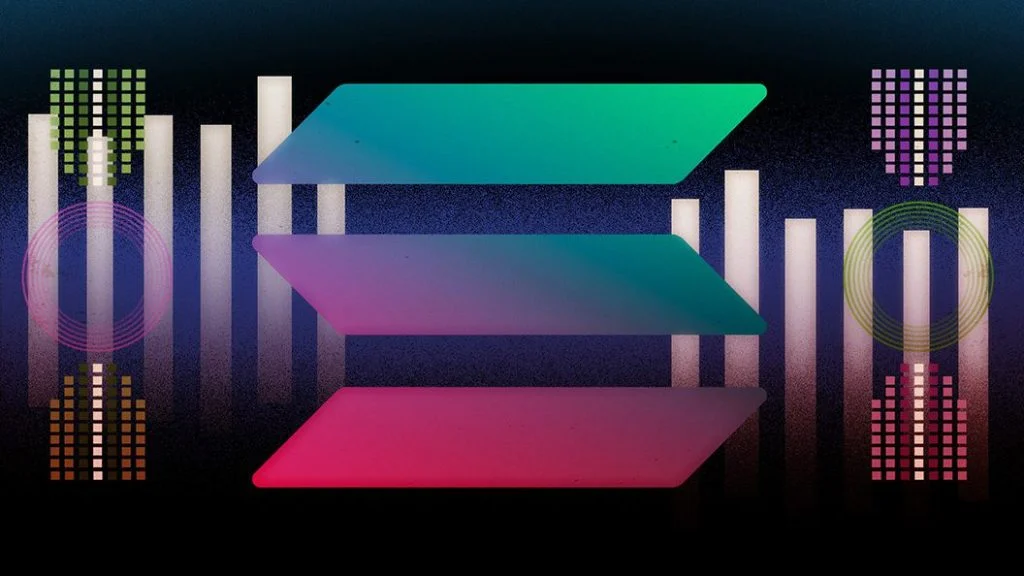After initially pegging the cause of the downtime “resource exhaustion”, the Solana Foundation said that the flood of transactions caused by bots was “in effect, a denial of service attack.”

Solana struck a severe barrier last week when its blockchain network remained unavailable for more than 17 hours starting on September 14, after weeks of increasing momentum during which the price of its coin was more than fivefold in value.
The Solana Foundation released an initial autopsy of the incident today, shedding additional light on the core reason.
The majority of the information in the initial overview report confirms what was tweeted last week, either by Solana’s official Twitter accounts or by Solana Labs CEO Anatoly Yakavenko’s personal account.
The network was essentially swamped by a rush of incoming transactions, which the Foundation estimated to be up to 400,000 per second.
The deluge began with the debut of Raydium, Solana-based decentralized finance (DeFi) protocol, which hosted an initial decentralized exchange (DEX) offering, or IDO.
An IDO is a sort of token launch that takes place on a DEX rather than a centralized exchange, such as an initial coin offering (ICO).
Grape Protocol, a frequently used Solana toolkit for DeFi developers, was the IDO in this case. Bots were evidently attempting to elbow their way to the top of the token offering by flooding the network with transactions.
The transactions flooded the distributed nodes of the Solana network, leading some to crash due to the high memory usage.
When the network couldn’t come to a consensus on the blockchain’s current state, it stopped creating blocks. Solana initially attributed the outage to “resource fatigue” last week.
While the material in today’s report matches that of last week, Solana’s modified phrasing is more pointed: “The cause of the network delay was, in effect, a denial of service attack,” the report states.
The network’s validators eventually decided to update and restart the network, resulting in a hard fork from the most recent confirmed block. According to Solana’s report, it took 14 hours to organize the restart effort across the needed 80% of validators, update the nodes, and get the network back up and running.
Solana’s remark suggests that the end outcome was comparable to a classic DDOS attack, or distributed denial-of-service attack, which may take down websites and other services.
